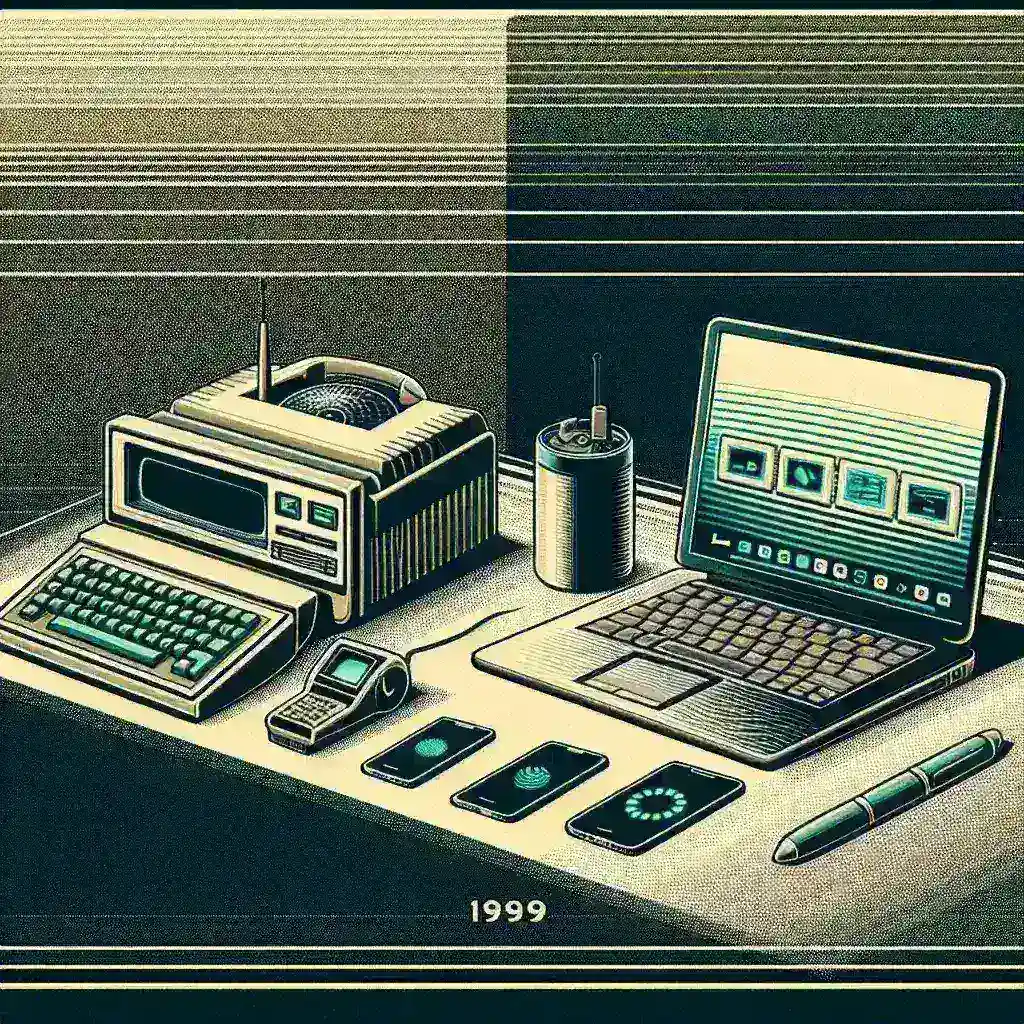
Introduction
The evolution of technology has led to remarkable innovations that have changed the way we live and work. Among these innovations, the advent of laptops stands out as a significant milestone. In this article, we delve into how two pioneering devices—the Sharp PC‑5000 and the Dulmont Magnum—played a crucial role in shaping the laptop landscape and making portable computing accessible to the masses.
The Birth of Portable Computing
In the late 20th century, as personal computing began to take off, the need for portability emerged. The concept of a mobile computer was becoming increasingly attractive to professionals and everyday users alike. It was during this pivotal period that the Sharp PC‑5000 and Dulmont Magnum were introduced.
The Sharp PC‑5000
Released in 1983, the Sharp PC‑5000 is often dubbed the first truly portable computer due to its compact design and lightweight construction. Unlike its predecessors, the PC‑5000 was designed for mobility, boasting features that catered specifically to users on the go.
Key Features
- Lightweight Design: Weighing just around 3.5 kilograms, the PC‑5000 was significantly lighter than other computable models available at the time.
- Battery Operation: With a built-in rechargeable battery, users could enjoy the freedom of computing without being tethered to a power outlet.
- Integrated Display: The device featured a 5-inch LCD screen, which was revolutionary for its time, allowing users to interact with software in a more user-friendly manner.
Cultural Impact
The Sharp PC‑5000 wasn’t merely a technological advancement; it represented a cultural shift toward mobile work. Business professionals, students, and even hobbyists found new ways to incorporate computing into their daily lives. The portability of the PC‑5000 made it possible for users to carry their work with them, fostering a new era of productivity.
The Dulmont Magnum
Hot on the heels of the Sharp PC‑5000, the Dulmont Magnum was launched in 1984. Often regarded as one of the first commercially available laptops, the Magnum took the concept of portable computing even further.
Key Features
- Robust Construction: The Dulmont Magnum featured a robust design that allowed it to withstand the rigors of travel.
- Advanced Functionality: With a full-sized keyboard and a larger screen, the Magnum provided a more comfortable user experience.
- Multiple Connectivity Options: The Magnum offered a range of connectivity options, making it easier for users to interface with other devices, a feature that would become a standard in future laptops.
Cultural Relevance
The Dulmont Magnum made headlines as it captured the imagination of the tech-savvy population of the 1980s. Its affordability and enhanced features made it a viable option for many consumers, further pushing the envelope of what mobile computing could achieve.
Comparative Analysis
When comparing the Sharp PC‑5000 and the Dulmont Magnum, it becomes evident that both devices contributed uniquely to the evolution of laptops.
Design and Usability
The Sharp PC‑5000 was lauded for its lightweight design, making it easy to carry. In contrast, the Dulmont Magnum, while heavier, offered a more robust structure and a better user interface, catering to those who prioritized functionality over sheer portability.
Target Audience
Initially, the target audience for both devices was professionals in fields that required mobile computing. However, as both devices became more popular, they attracted a broader audience, including students and tech enthusiasts.
Future Predictions
As we look to the future of laptops, it’s essential to recognize how the innovations of the Sharp PC‑5000 and Dulmont Magnum laid the groundwork for modern portable computing. With advancements in battery technology, processing power, and connectivity, today’s laptops continue to evolve, promising even greater capabilities.
Technological Advances on the Horizon
Future laptops are expected to feature:
- Enhanced Battery Life: With ongoing research, users can expect longer battery life, enabling more extended periods of usage without interruption.
- Ultra-Lightweight Materials: Innovations in materials science will lead to even lighter laptops without sacrificing performance.
- Artificial Intelligence Integration: The incorporation of AI will personalize user experiences and enhance productivity.
Conclusion
The Sharp PC‑5000 and the Dulmont Magnum were not just computers; they were the pioneers of a revolution in portable computing. Their designs and functionalities paved the way for the modern laptops we rely on today. As we reflect on their impact, it’s clear that the trajectory of technology is one of continuous evolution, driven by the ingenuity of those who dare to innovate.
